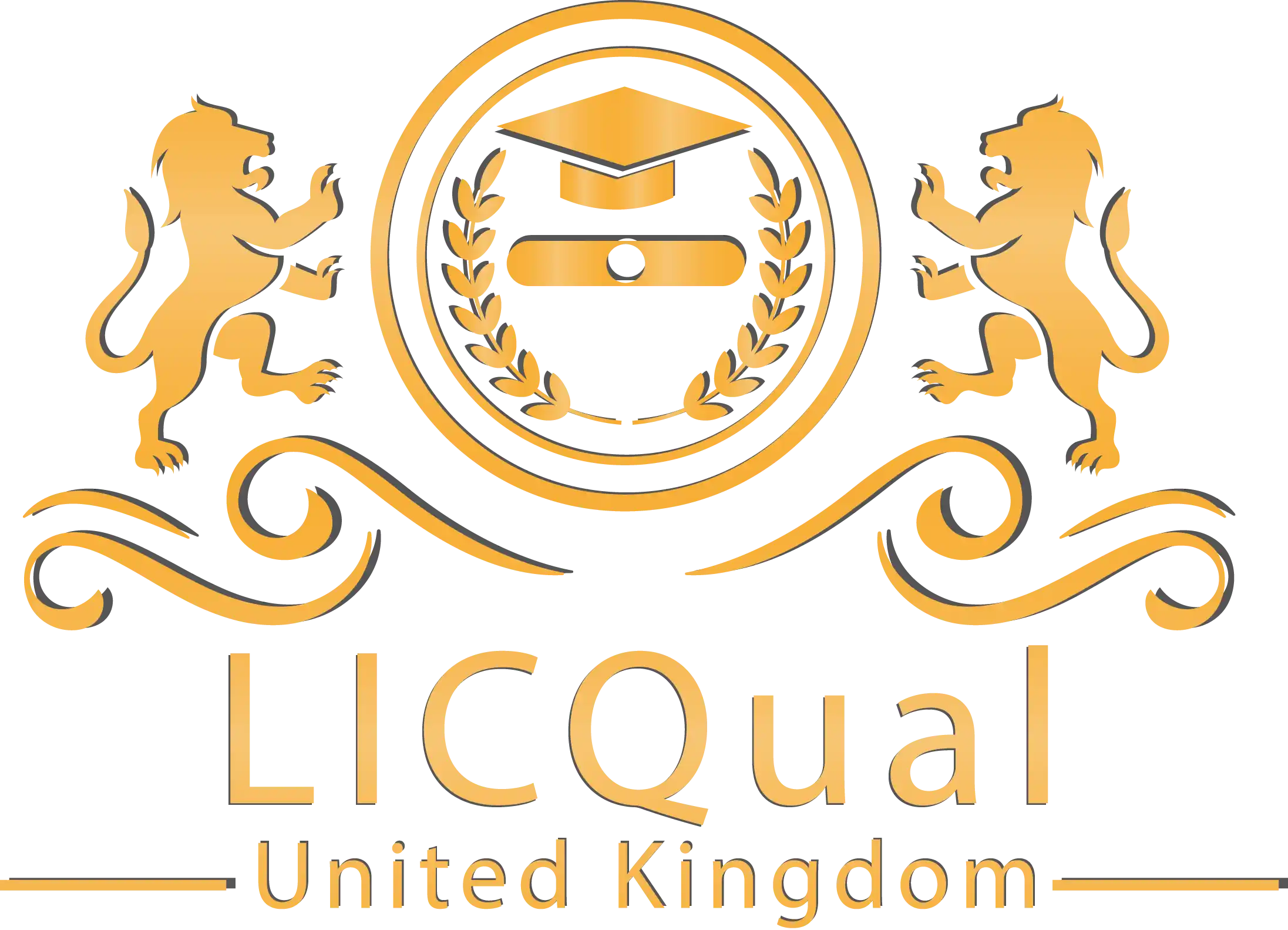Welcome to the LICQual Level 2 Foundation Certificate in Occupational Health and Safety! This foundational course is designed for individuals looking to build a strong understanding of occupational health and safety principles.
Whether you’re starting your career in health and safety or enhancing your existing knowledge, this qualification provides essential skills to promote a safer and healthier work environment. In today’s fast-paced workplace, understanding how to identify and manage risks is critical, and this course offers the tools and knowledge needed to help you succeed in this vital area.
By completing the LICQual Level 2 Foundation Certificate in Occupational Health and Safety, you’ll gain the confidence to recognize workplace hazards, assess risks, and apply essential safety procedures that protect employees and organizations alike. This certification is an excellent starting point for anyone aiming to advance in the field of occupational health and safety.
The LICQual Level 2 Foundation Certificate in Occupational Health and Safety covers key topics essential for any health and safety professional. You’ll learn to identify workplace hazards, understand the legal and regulatory frameworks surrounding health and safety, and implement effective risk management strategies.
The course will also introduce you to the importance of creating and maintaining a culture of safety, ensuring that both employees and employers are aware of their roles in keeping the workplace safe.
Throughout the course, you’ll be equipped with the practical knowledge needed to identify risks, apply control measures, and respond to emergencies. This course is ideal for those looking to pursue a career in health and safety or for employees who want to ensure a safer workplace. Upon completion, you’ll be ready to contribute significantly to the health and safety efforts in your organization, all while advancing your career in this critical sector.
Course Overview
Qualification Title
LICQual Level 2 Foundation Certificate in Occupational Health and Safety
Total Units
6
Total Credits
18
GLH
72
Qualification #
LICQ2200029
Qualification Specification
To enroll in the LICQual Level 2 Foundation Certificate in Occupational Health and Safety ,applicants must meet the following criteria:
|
Qualification# |
Unit Title |
Credits |
GLH |
|---|---|---|---|
|
LICQ2200029-1 |
Introduction to Occupational Health and Safety |
3 |
12 |
|
LICQ2200029-2 |
Identifying and Managing Workplace Hazards |
3 |
12 |
|
LICQ2200029-3 |
Health and Safety Legislation and Regulations |
3 |
12 |
|
LICQ2200029-4 |
Risk Assessment and Control Measures |
3 |
12 |
|
LICQ2200029-5 |
Emergency Procedures and First Aid |
3 |
12 |
|
LICQ2200029-6 |
Promoting Health and Wellbeing in the Workplace |
3 |
12 |
By the end of this course, learners will be able to:
Introduction to Occupational Health and Safety
- Understand the basic principles and importance of occupational health and safety (OHS) in the workplace.
- Identify the roles and responsibilities of both employers and employees in maintaining a safe work environment.
- Recognize the impact of OHS on business success and employee well-being.
- Demonstrate knowledge of how effective OHS systems contribute to accident reduction and organizational efficiency.
Identifying and Managing Workplace Hazards
- Identify common types of hazards in the workplace, including physical, chemical, biological, ergonomic, and psychosocial hazards.
- Understand the processes and techniques used to identify and assess potential hazards.
- Demonstrate the ability to evaluate the risks associated with identified hazards.
- Apply appropriate control measures to manage and mitigate workplace hazards effectively.
Health and Safety Legislation and Regulations
- Understand key health and safety legislation and regulations that apply to the workplace.
- Identify the legal responsibilities of employers and employees under health and safety laws.
- Recognize the role of regulatory bodies in enforcing workplace safety standards.
- Explain the consequences of non-compliance with health and safety regulations and the potential impact on organizations.
Risk Assessment and Control Measures
- Conduct basic risk assessments to identify, evaluate, and prioritize risks in the workplace.
- Understand the concept of the hierarchy of controls and how to apply it to manage risks.
- Identify appropriate risk control measures, including engineering, administrative, and PPE-based solutions.
- Demonstrate the ability to develop and implement effective risk control strategies to reduce workplace hazards.
Emergency Procedures and First Aid
- Understand the importance of emergency procedures and how to implement them in the workplace.
- Demonstrate knowledge of basic emergency response techniques, including evacuation and fire safety procedures.
- Understand the basics of first aid and the role of first responders in the event of workplace injuries.
- Demonstrate the ability to act appropriately in an emergency, ensuring the safety and wellbeing of all employees.
Promoting Health and Wellbeing in the Workplace
- Understand the importance of promoting physical and mental health in the workplace.
- Identify strategies to reduce workplace stress, support mental health, and encourage a healthy work-life balance.
- Recognize the benefits of implementing wellness programs and how they contribute to employee satisfaction and productivity.
- Promote a culture of health and wellbeing in the workplace, fostering a positive environment for all employees.
This diploma is ideal for:
Assessment and Verification
All units within this qualification are subject to internal assessment by the approved centre and external verification by LICQual. The qualification follows a criterion-referenced assessment approach, ensuring that learners meet all specified learning outcomes.
To achieve a ‘Pass’ in any unit, learners must provide valid, sufficient, and authentic evidence demonstrating their attainment of all learning outcomes and compliance with the prescribed assessment criteria. The Assessor is responsible for evaluating the evidence and determining whether the learner has successfully met the required standards.
Assessors must maintain a clear and comprehensive audit trail, documenting the basis for their assessment decisions to ensure transparency, consistency, and compliance with quality assurance requirements.







